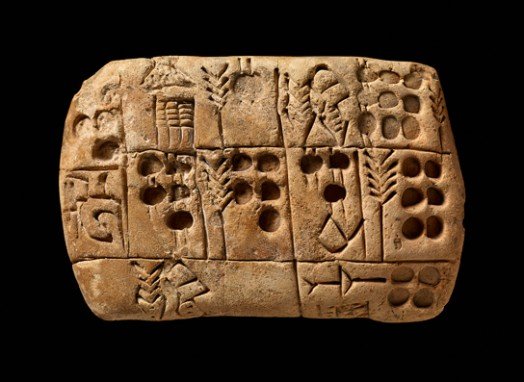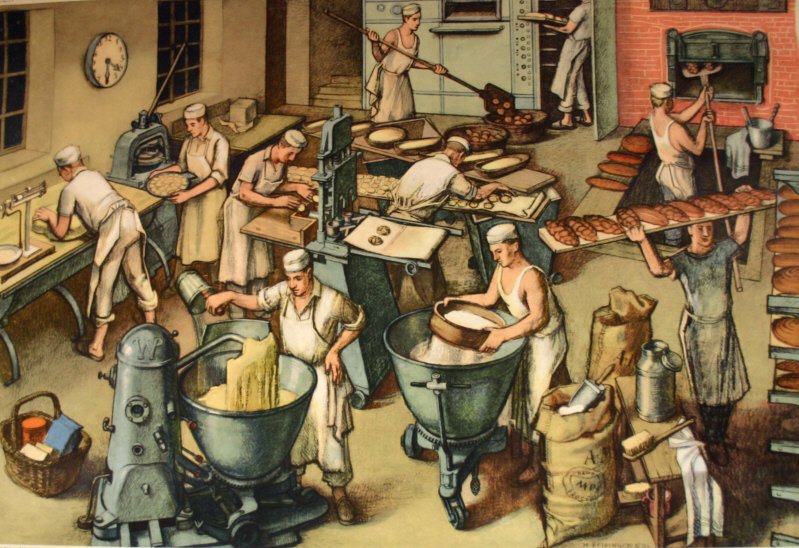Where Did the Dozen Come From?
The dozen, much like the day or the foot, might bother you. Why is it split into twelve? Why not ten? Doesn’t ten make more sense? What is so special about this quantity that it pervades every aspect of our measurable lives? Bakers everywhere abide by this number (or that mysterious baker’s variant of thirteen)—why?
There are 13 bagels in a NY Dozen from Gotham Bagels.
Counting in Mesopotamia
Believe it or not, this one goes way back. Our primitive mathematician ancestors made note that the moon goes through its cycle about 12 times for every sun cycle. In other words, they noticed that there are twelve months in a year. Many ancient peoples used this 12-based system, called the duodecimal system, to quantify their worlds. Many cultures used their fingers to count, tallying up each bone in each finger for a total of twelve. While it’s different from our 10-based “decimal” metric system, it had a lot of practical uses in the premodern world.
Drawing of the finger-bone counting system.
An ancient Mesopotamian writing tablet. (Source: The British Museum)
The baker’s dozen
Why not make it thirteen? The baker's dozen, AKA a long dozen, AKA a devil’s dozen, is just one more than the standard dozen. The origin of this one involves the law! In England there were strict regulations for the sale of baked goods in an effort to prevent bakers from cheating their customers. Any bakery that didn’t sell products of the correct weight faced punishment–so to assure that this didn’t happen, bakers started throwing in an extra “vantage” unit. It’s no surprise that this tradition stuck around–baked goods in large numbers never go unappreciated.
An illustration of a busy bakery. (Source: Medienwerkstatt Mühlacker)
Quick arithmetic
Why do we still use this measure? Baked into the answer is our reverence for tradition. Something sweet about the wholesome number of 12, isn’t there? We’re biased towards bagels, but not just bagels are sold in dozens–think eggs, donuts, and cans of Coke. In England back in the day, a shilling was worth 12 pennies, which may mark the first time sales by the dozen took place. The marketplace is an archetypal foundation of our lives, modern or ancient, and thus the number 12 is deeply ingrained in our earthly desires and comforts of the material world. And no, it’s not "twelve of today's and one of yesterday's."
Retro add for a dozen donuts.
Fun math fact
Twelve is an example of a number that can be divided by the maximum amount of numbers. For example, you can do 2 x 3, 3 x 4, and 1 x 6. The only other numbers where this is true are 1, 2, 6, 12, 60, 360, and 2520! That is a very convenient fact about the number twelve when you’re trying to package or ship a dozen of something…
A half dozen from Gotham Bagels.






